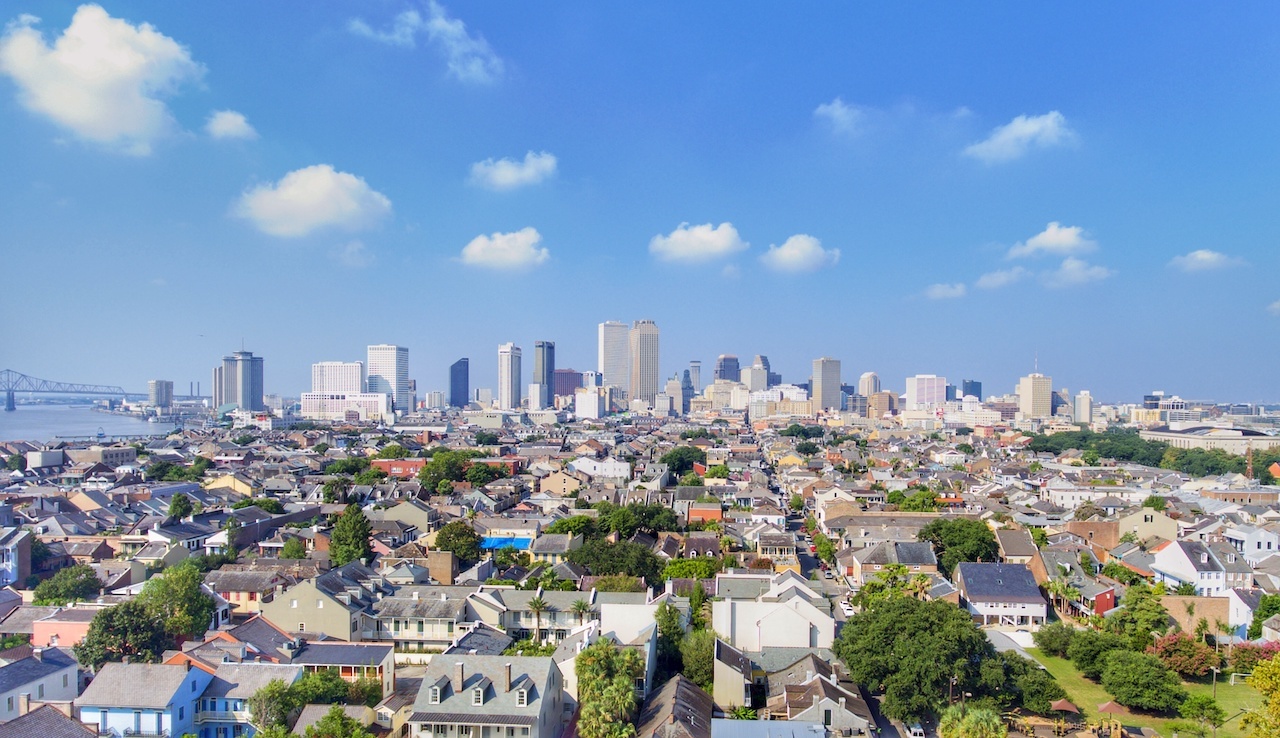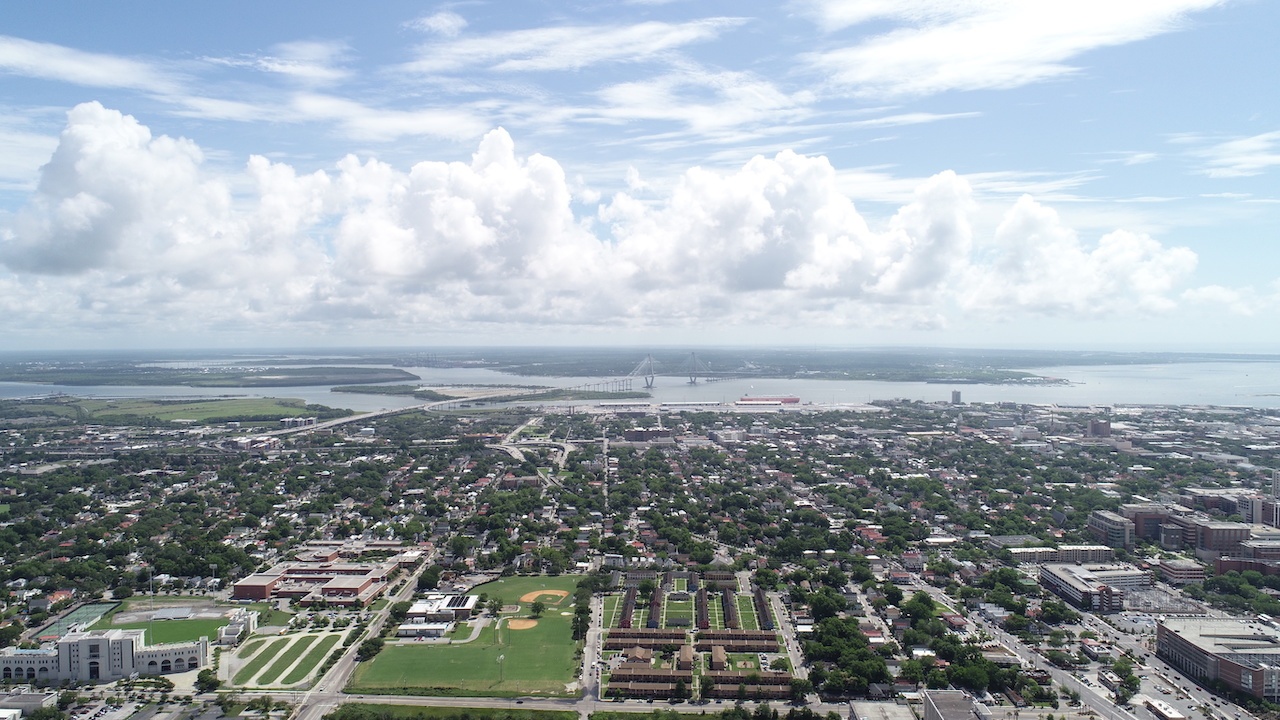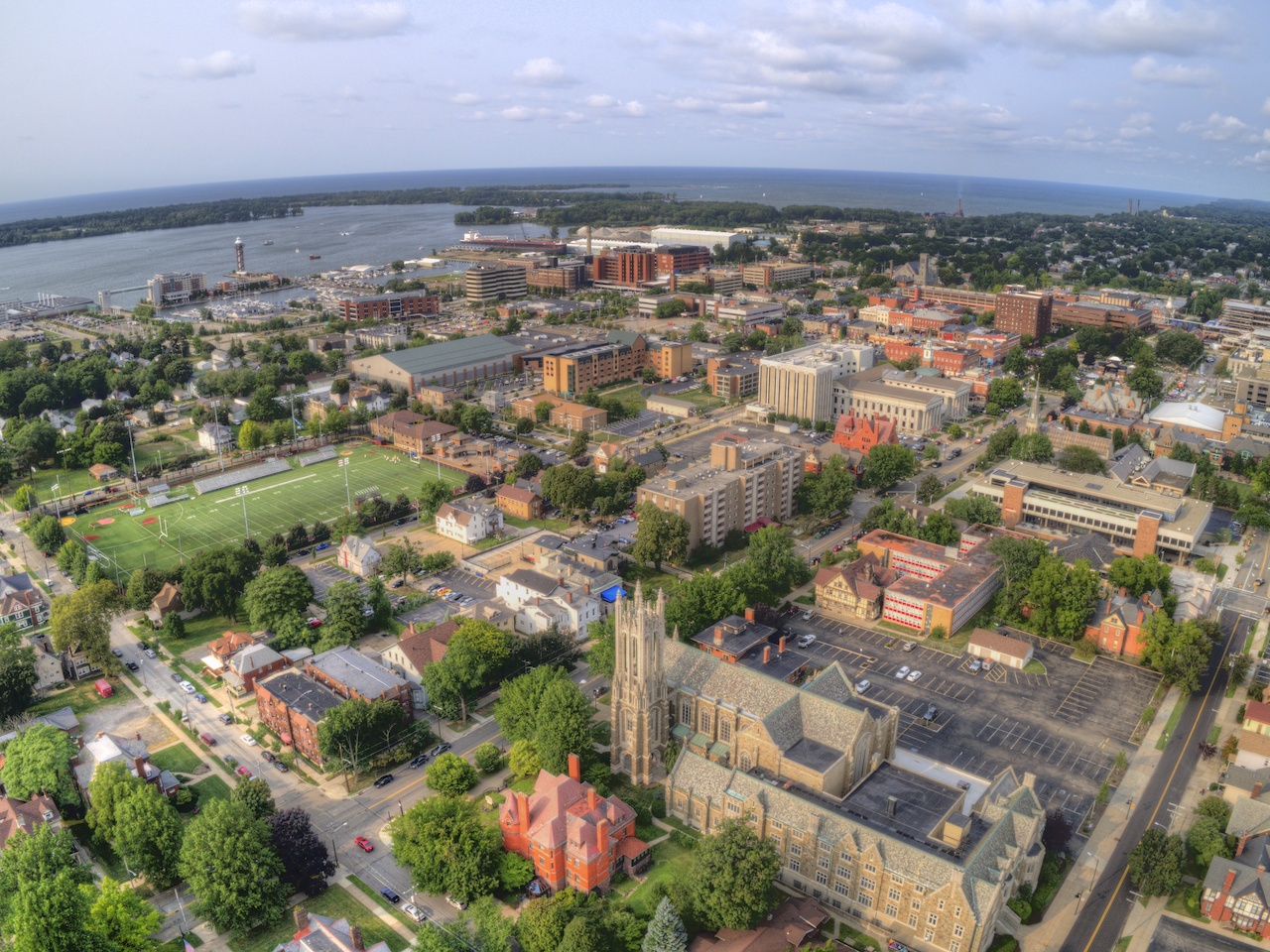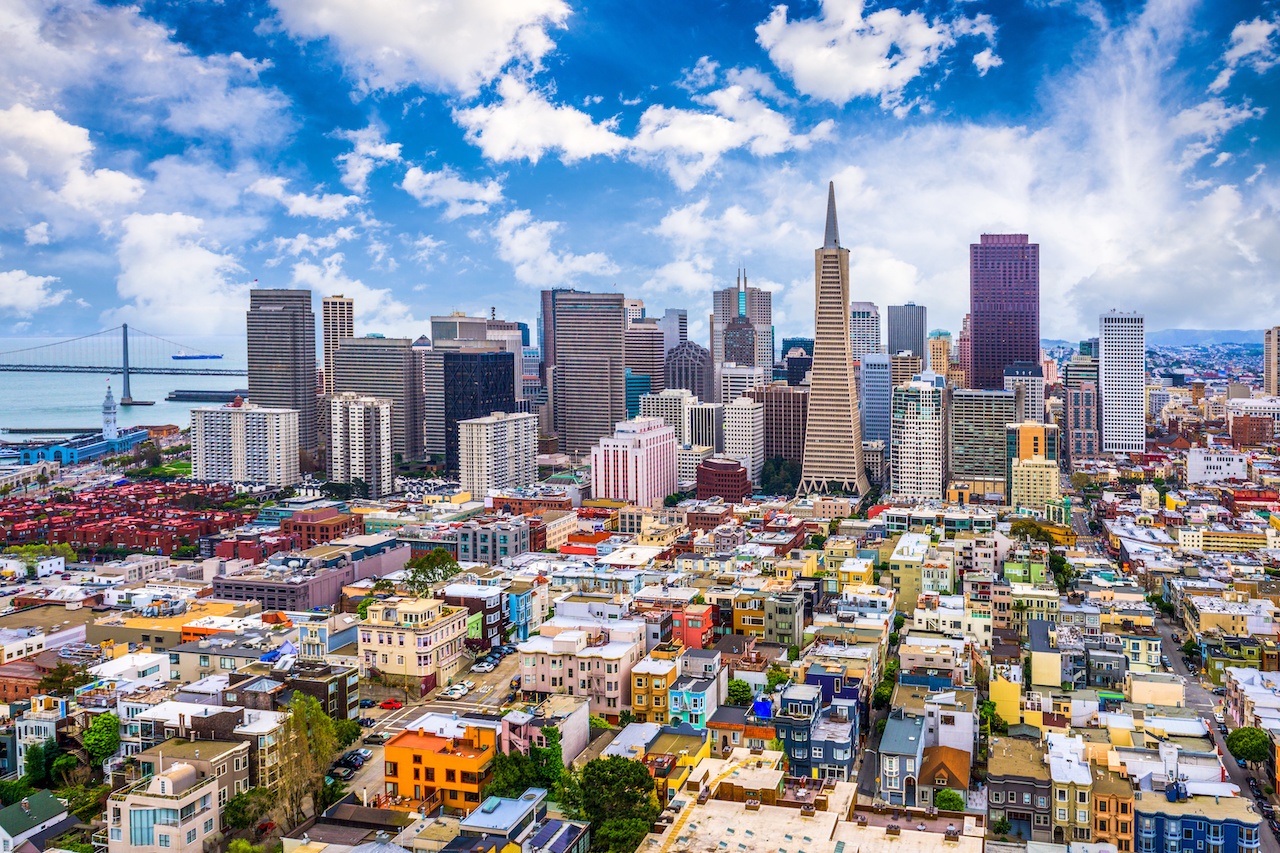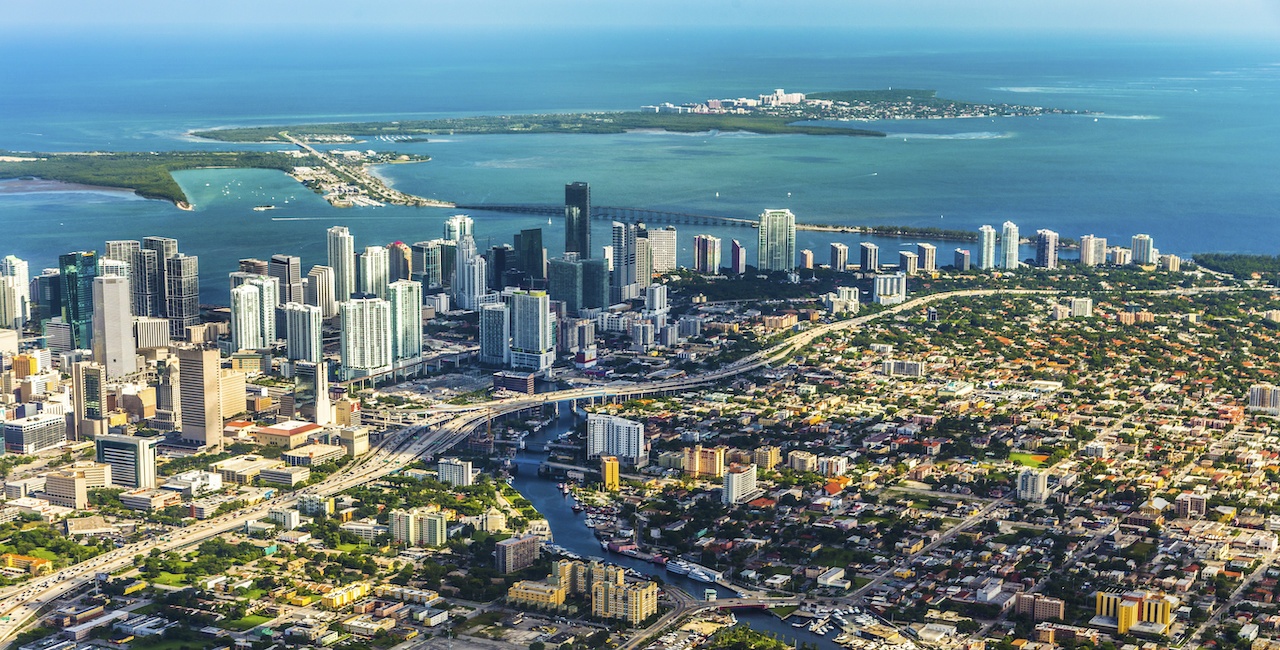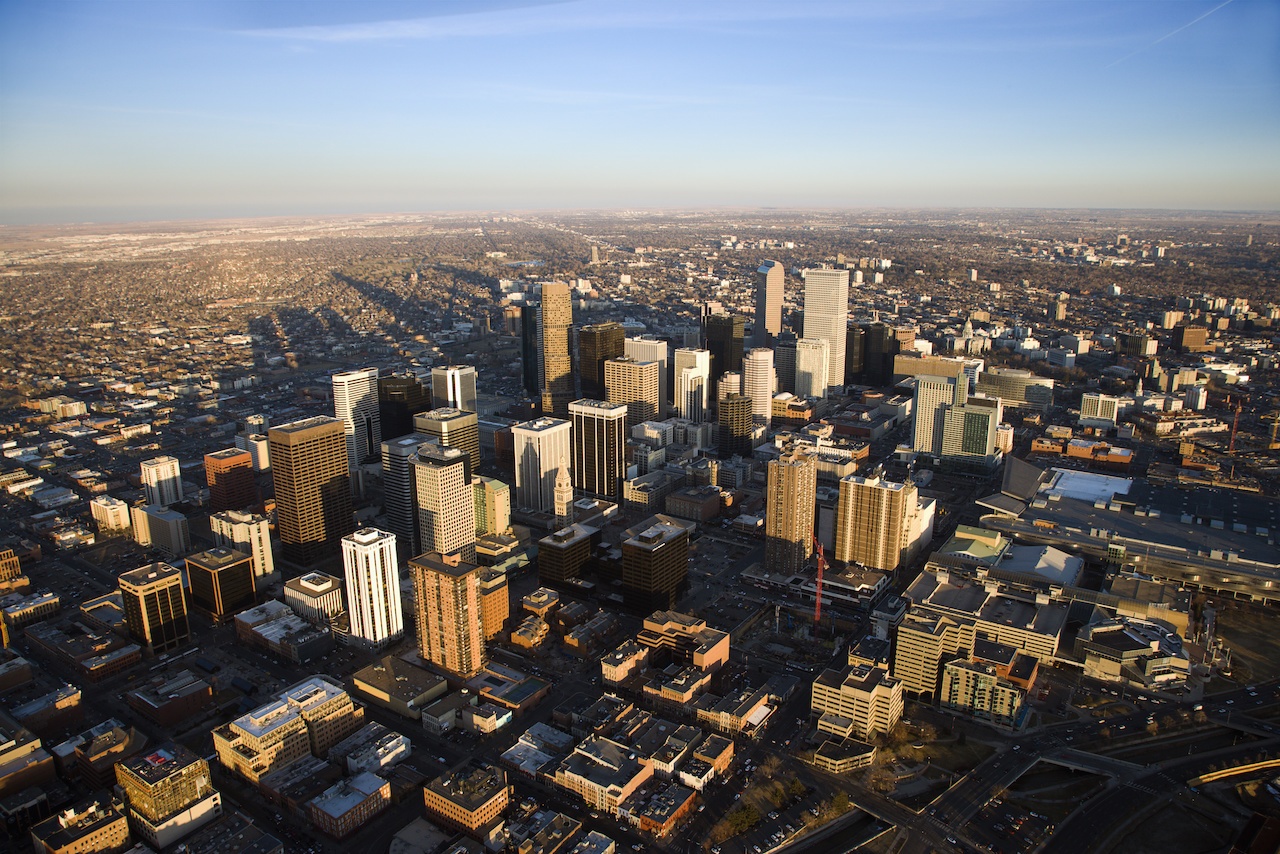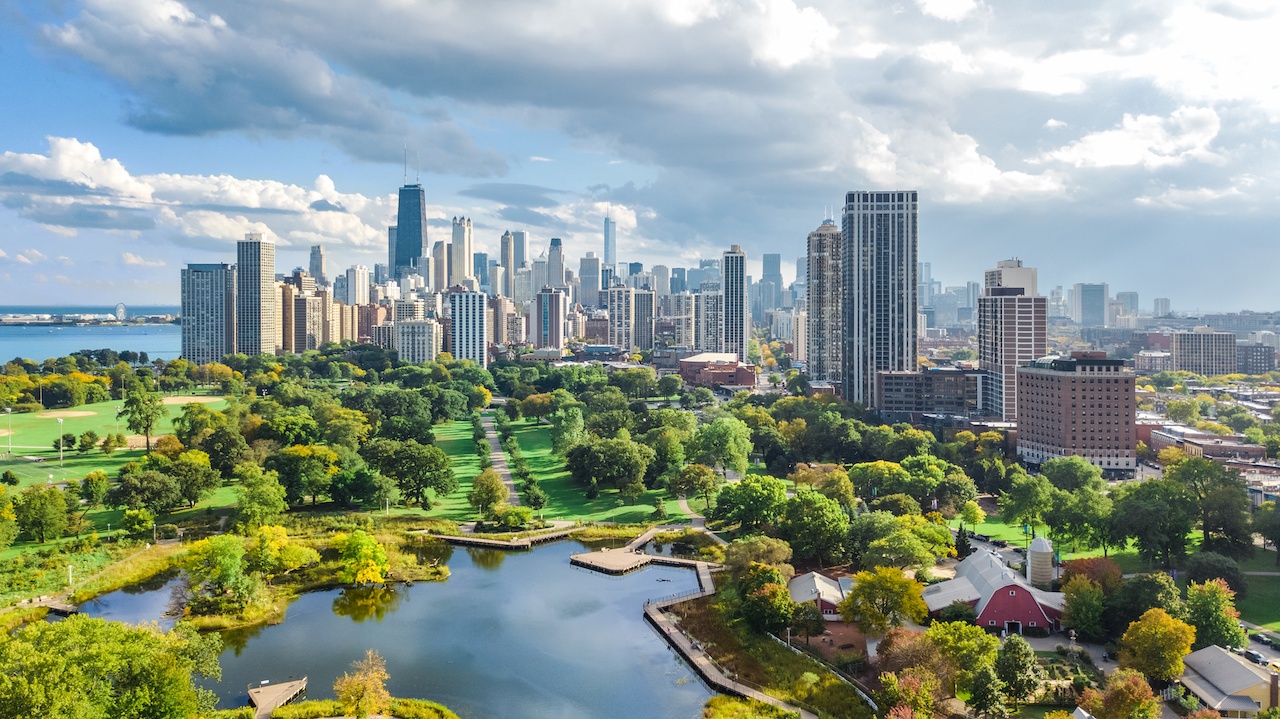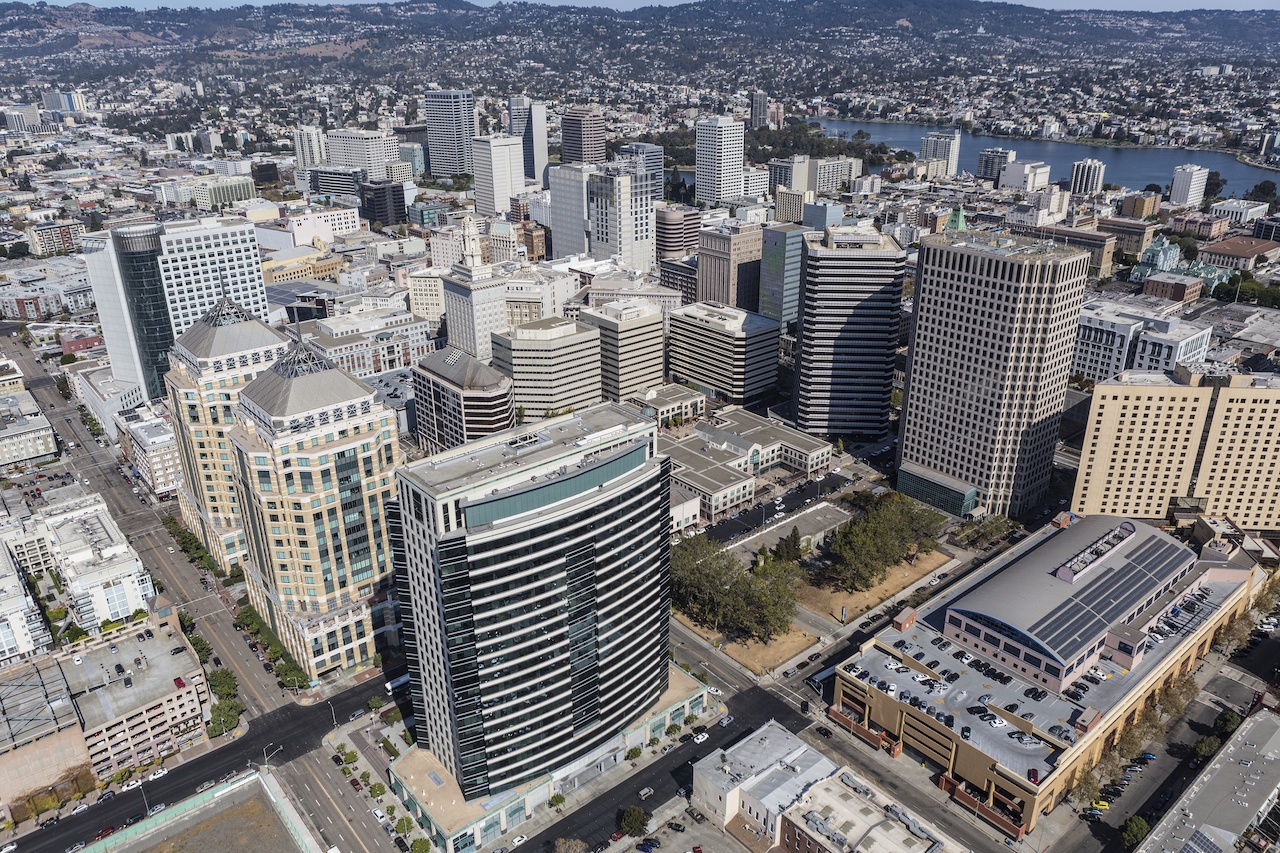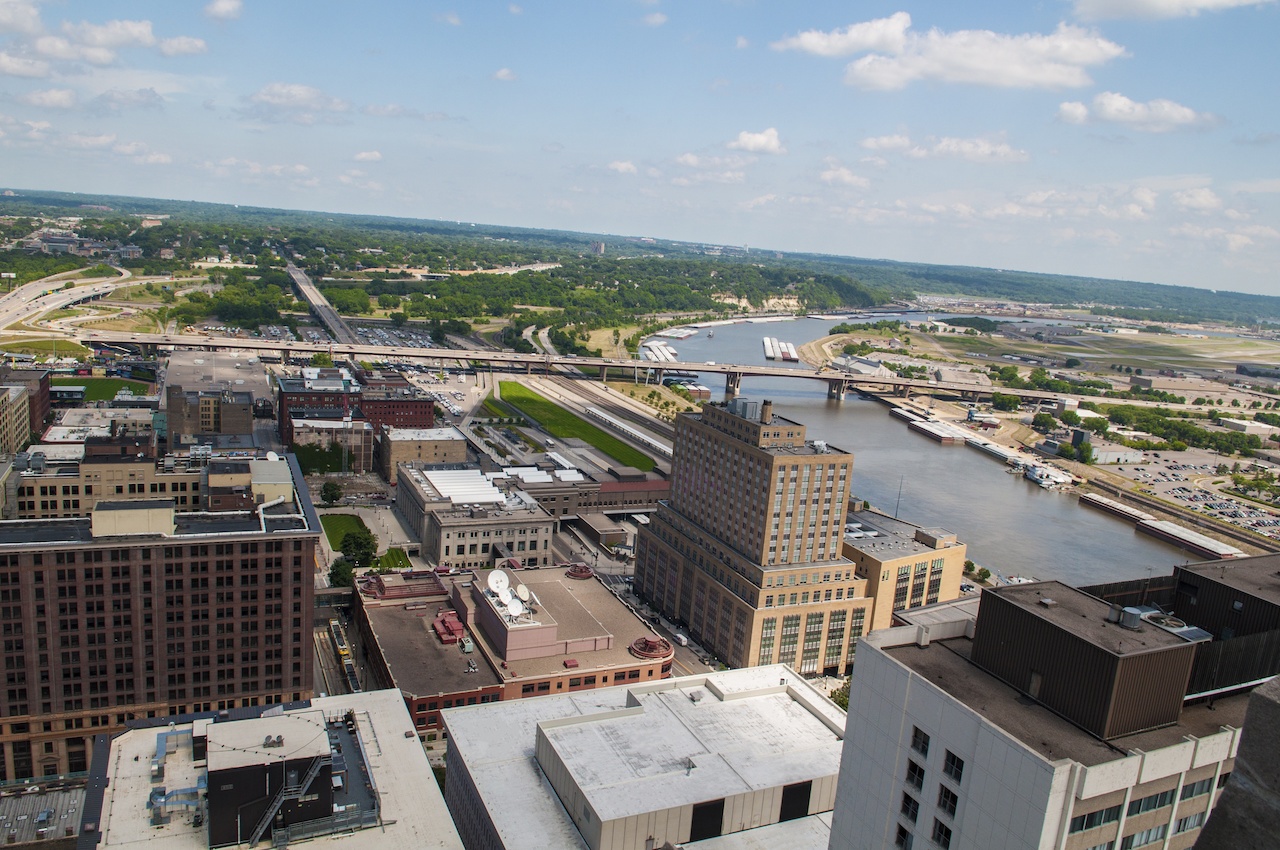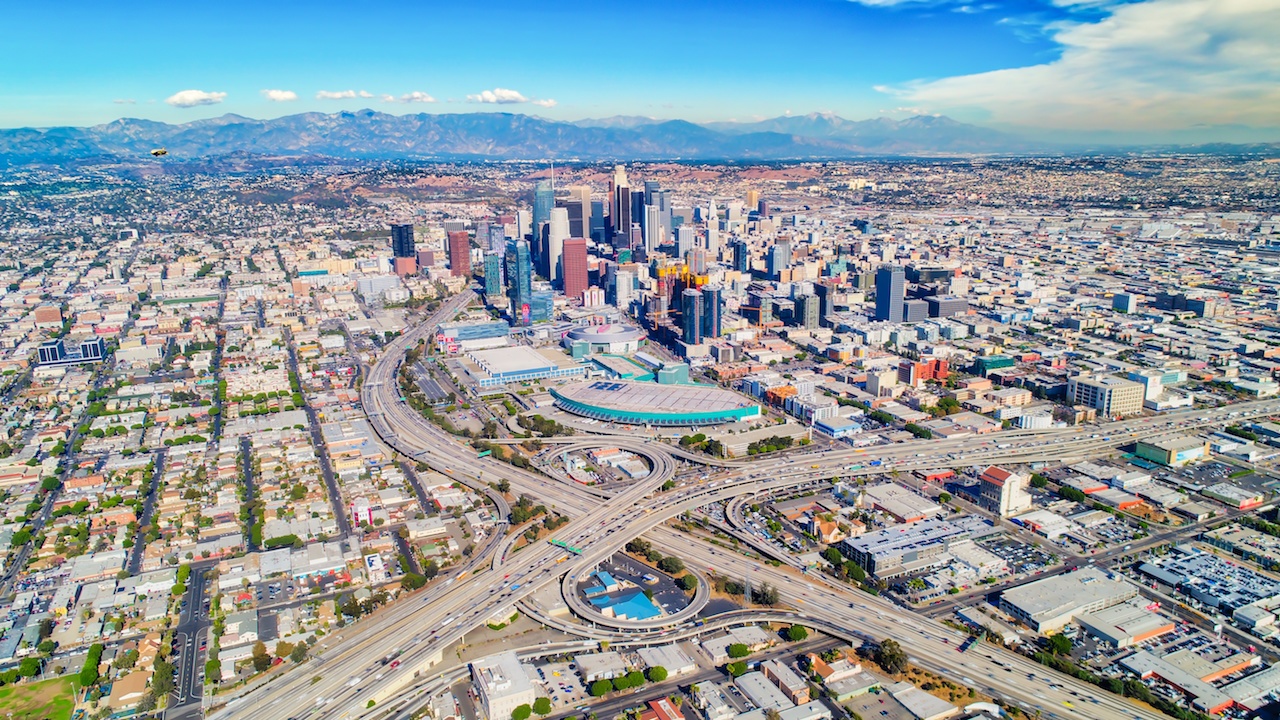Resources
A broad category of content focused on resources in cities.
Examples: energy, water, food systems, resource management
The Urgent Need for Public-Private Collaboration for Improving Disaster Resilience
Disaster resilience is frequently pursued separately by the public and private sectors in the US. Federal, state, and local governments take it as their role to execute disaster preparedness and emergency response for their populations; however, economic recovery is often not addressed. The public sector does not necessarily engage businesses, nor does it seem to plan for the economic “reboot” required after a disaster, resulting in business disruption continuing for much longer.
How Local Governments Can Meet Ambitious Solar Energy Goals
The clout of local governments should never be underestimated. When Xcel Energy recently made the monumental decision to pursue a 100% carbon reduction goal by 2050, Chairman and CEO Ben Fowke noted that local communities are already leading the charge.
The Case for Innovative Climate Finance
In order to get the estimated tens of trillions of dollars in investment into low-carbon solutions across electricity, energy, buildings, agriculture, transportation, and industrial practices needed in the coming decades to prevent runaway climate change, we must focus on economic opportunities that enable people to invest without having to be convinced of the ideology behind such solutions.
Creating a Smart Lake Erie
In recent years, Lake Erie had one of the greatest threats to its urban water supply: harmful algal blooms. This deep green gunk is a result of phosphorus-rich fertilizer runoff from farm fields. The runoff made Toledo, Ohio’s freshwater undrinkable for several days...Decision Making Strategies for Urban Adaptation
To allow city managers to ‘see’ how social, physical and demographic vulnerability is distributed across their city, the UAA provides data at the level of the neighborhood, using census tract data. For each census tract, we provide demographic data on medium household income and ethnic or cultural representation; we allow the user to then overlay aspects of the city’s built environment and social vulnerabilities at that census tract, such as single mothers, access to vehicles, housing instability, building age or infrastructural conditions.
California’s 2018 Climate Action Breakthrough
The 40-million people of California are not only growing the world’s fifth largest economy, they are accelerating the transition to use 100 percent renewables in less than 30 years. Recent success, shows that reaching 60 percent renewables for energy will be achieved and an enormous win for slowing global warming, improving health, efficient economy. Beyond 60 percent, there are several paths to carbon neutrality.
A Safe & Cost-Effective Alternative Water Supply for Potable Reuse
Altamonte Springs wanted to demonstrate a treatment system that produces purified water that meets or exceeds all drinking water quality standards. This would create an alternative water supply that is protective of public health and uses an energy-efficient technology to reduce or eliminate the production of a brine waste product. We had two primary goals for pureALTA and both are based on people.
5 Ways to Democratize Access to Clean Energy Technology
California recently became the second state to pass a 100% clean energy standard, three years after Hawaii passed a similar law. As the fifth largest economy in the world, California has a tall order to fill in terms of making the transition to clean energy. How can California, and other states that wish to follow suit, fulfill this ambitious task? They will need to provide affordable, relevant, and accessible energy options to every one of its residents, prioritizing those who have historically been overlooked and left out of the clean energy conversation due to economic circumstance or social inequity.
A Research Toolkit for Building the Ultimate Urban Forest
As communities and municipalities around America are grappling with extreme weather events, it is even more vital to incorporate smart urban tree canopy and green infrastructure planning into all resiliency and climate change planning. Assessing your community’s current green infrastructure assets and deficits provides immediate information for maximizing your quality of living but also sets out the road map for how prepared your community may be for extreme weather events – from flooding to hurricanes to drought. Take advantage of the Vibrant Cities Lab site and any of the tools in this urban forestry “starter pack” or wade in by reaching out to the experts at the USDA Forest Service.
The Frontlines of Community-Driven Clean Energy
What does an African-American church in East Oakland, California and a Veterans of Foreign Wars post in Little River, South Carolina have in common? They both are solar powered thanks to the efforts (and dollars) of their empowered community members.
Cities Need Forecasted Data to Make Impactful Emissions Reductions
From an energy type standpoint, a city’s electric utility can make a big difference regarding which actions cities should undertake. For instance, a city in the service territory of an electric utility with ambitious plans to decarbonize its generation mix may want to focus greater attention on future emissions scenarios versus current emissions when making decisions on priorities. This would mean focusing actions on transportation, space heating, and industrial processes, since those would likely be greater contributors to emissions (vs. electricity) in such a future scenario.
An Overview of California’s Water Challenges and Solutions
The groundwater basin is only 46 percent full, but that is an annual improvement thanks to reduced pumping. Beyond centralized water recycling, water reuse is also done at the building level, following zero-energy and living-design principles. Water efficiency, AMI (advanced meters), leak detection, storage, infrastructure, and IoT with sensors are all helping.

